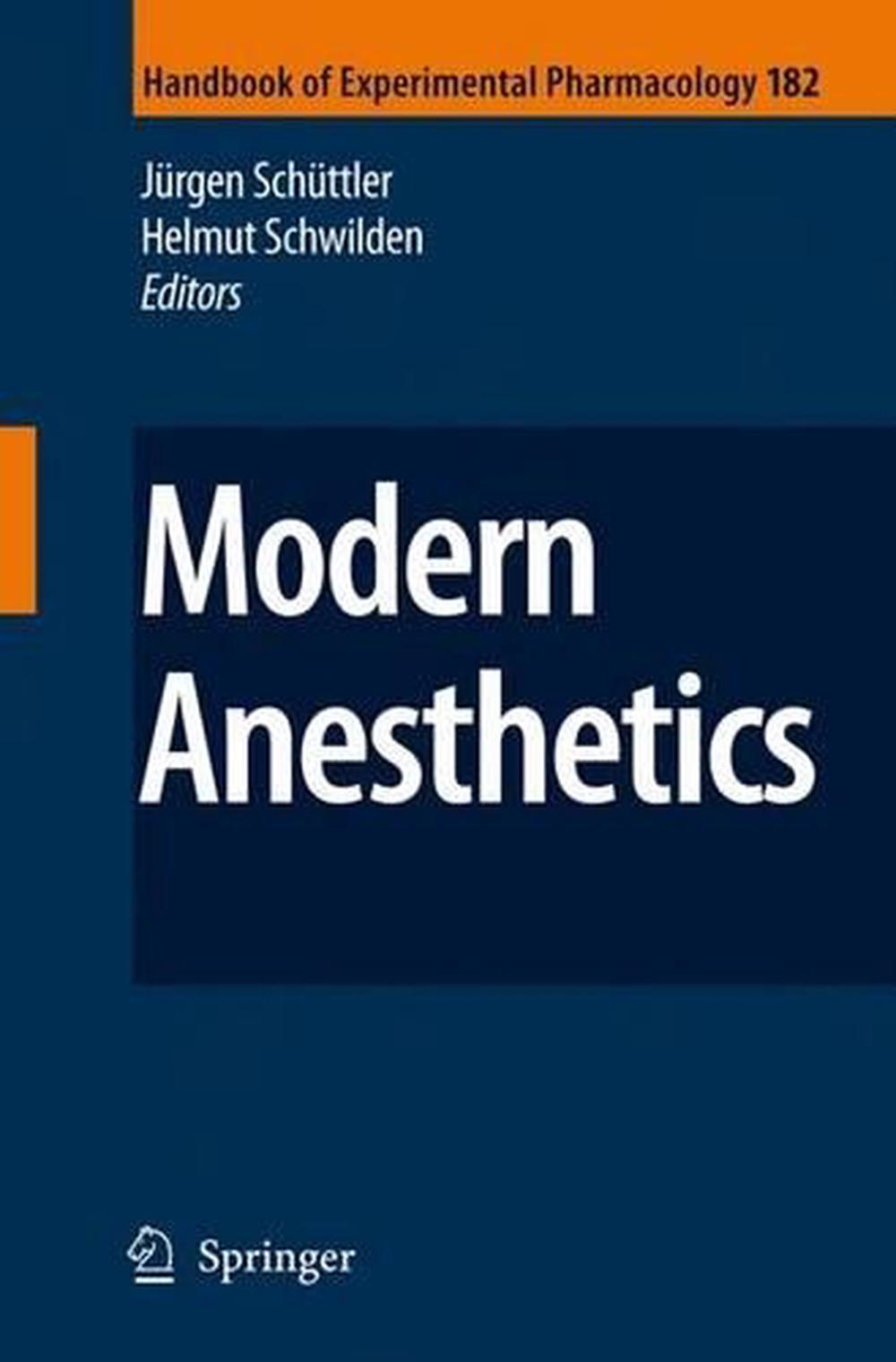
Modern Anesthetics
by Helmut Schwilden, Jürgen Schüttler
Some important constraints of anesthesia must be taken into consideration when the pharmacological properties of modern anesthetics are discussed. The most imp- tant of these could be that the target effect be achieved preferably within seconds, at most within a few minutes.
Paperback
English
Brand New
Publisher Description
Some important constraints of anesthesia must be taken into consideration when the pharmacological properties of modern anesthetics are discussed. The most imp- tant of these could be that the target effect be achieved preferably within seconds, at most within a few minutes. Similarly, offset of drug action should be achieved within minutes rather hours. The target effects, such as unconsciousness, are pot- tially life-threatening, as are the side effects of modern anesthetics, such as respi- tory and cardiovascular depression. Finally, the patient's purposeful responses are not available to guide drug dosage, because, either the patient is unconscious, or more problematically, the patient is aware but unable to communicate pain because of neuromuscular blockade. These constraints were already recognised 35 years ago, when in 1972 Volume XXX entitled "Modern Inhalation Anesthetics" appeared in this Handbook Series. The present volume is meant as a follow up and extension of that volume. At the beginning of the 1970's anesthesia was commonly delivered by inhalation, with only very few exceptions. The clinical understanding of that time considered anesthesia as a unique state achieved by any of the inhalation anesthetics, in- pendent of their specific molecular structure. "The very mechanism of anesthetic action at the biophase" was discussed within the theoretical framework of the "u- tary theory of narcosis".
Table of Contents
Molecular Mechanisms of Anesthetic Action.- The Site of Anesthetic Action.- Inhibitory Ligand-Gated Ion Channels as Substrates for General Anesthetic Actions.- Actions of Anesthetics on Excitatory Transmitter-Gated Channels.- Voltage-Gated Ion Channels.- G-Protein-Coupled Receptors.- Modern Inhalation Anesthetics.- Inhalation Anaesthesia: From Diethyl Ether to Xenon.- General Anesthetics and Long-Term Neurotoxicity.- Special Aspects of Pharmacokinetics of Inhalation Anesthesia.- Inhalational Anaesthetics and Cardioprotection.- Non-Immobilizing Inhalational Anesthetic-Like Compounds.- Modern Intravenous Anesthetics.- Propofol.- Pharmacokinetics and Pharmacodynamics of GPI 15715 or Fospropofol (Aquavan Injection) — A Water-Soluble Propofol Prodrug.- Etomidate and Other Non-Barbiturates.- Remifentanil and Other Opioids.- Ketamine.- Midazolam and Other Benzodiazepines.- Pharmacokinetics-Pharmacodynamics Based Administration of Anesthetics.- The Effect of Altered Physiological States on Intravenous Anesthetics.- Anesthetics Drug Pharmacodynamics.- Defining Depth of Anesthesia.- Target Controlled Anaesthetic Drug Dosing.- Advanced Technologies and Devices for Inhalational Anesthetic Drug Dosing.- Hypnotic and Opioid Anesthetic Drug Interactions on the CNS, Focus on Response Surface Modeling.
Long Description
Some important constraints of anesthesia must be taken into consideration when the pharmacological properties of modern anesthetics are discussed. The most imp- tant of these could be that the target effect be achieved preferably within seconds, at most within a few minutes. Similarly, offset of drug action should be achieved within minutes rather hours. The target effects, such as unconsciousness, are pot- tially life-threatening, as are the side effects of modern anesthetics, such as respi- tory and cardiovascular depression. Finally, the patient's purposeful responses are not available to guide drug dosage, because, either the patient is unconscious, or more problematically, the patient is aware but unable to communicate pain because of neuromuscular blockade. These constraints were already recognised 35 years ago, when in 1972 Volume XXX entitled "Modern Inhalation Anesthetics" appeared in this Handbook Series. The present volume is meant as a follow up and extension of that volume. At the beginning of the 1970's anesthesia was commonly delivered by inhalation, with only very few exceptions. The clinical understanding of that time considered anesthesia as a unique state achieved by any of the inhalation anesthetics, in- pendent of their specific molecular structure. "The very mechanism of anesthetic action at the biophase" was discussed within the theoretical framework of the "u- tary theory of narcosis".
Feature
Includes supplementary material: sn.pub/extras
Details

